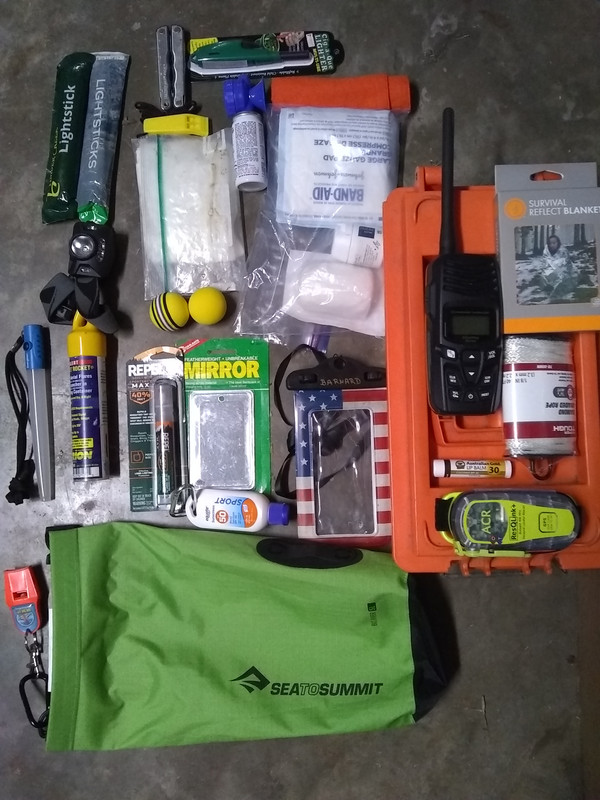Note: This article November 27, 2023,by Paul Banard, USCG appeared in Facebook Groups on Safety.
Hi everyone. I am the Recreational Boating Safety Specialist for the Coast Guard’s Eighth District. The Florida Panhandle is part of my territory. The recent kayak capsizing off the Panhandle has a lot of people thinking about and discussing safety. For what it’s worth, I am also an avid kayak fisher.
Let me take a moment to share a few thoughts with you.
*Wear a life jacket. I prefer an inherently bouyant PFD for big water.
*Everyone should expect to capsize or go overboard at some point. Everyone should practice self-rescue (capsize/re-right/reientry ) in a safe environment with a buddy or two present. Do this in the gear that you will wear while fishing. It’s very different doing this with layered wet winter clothing.
*Use the buddy system.
*Have reliable means of communication. Cell phones should be kept in a waterproof pouch in a PFD pocket. I have layers of communication when I operate on big water or remote water. A PLB fits nicely in a PFD pocket or clipped to a belt. Some PFDs even have handheld VHF radio pockets.
*When you capsize, you only have what you have on you or what you have access to. I carry an emergency ditch kit that stays out on deck in a floating waterproof bag or box. Take a look at the pic of my kit.
*File a float plan with a pic of your yak. A float plan will tell where you are launching, where you intend to go, how long you anticipate being gone, who is with you and what kind of gear you’ll have on board.
*Our pedal drive systems are very reliable, but we should have tools to tighten parts of our fin drive or parts of our pedal drive like the cranks or the pedals. I know most of us with pedal drives take a paddle, but padding a heavily laden large pedal yak is a challenge even in good conditions. Paddle yakkers should have a back-up paddle.
*We had a case in Lake Pontchartrain a few years ago where a fisher capsized and his life jacket became entangled in the hooks of is many rods and reels. Imagine if his PFD was an inflatable!
He couldn’t cut the lines and with the weight of the rods and reels on the bottom, he couldn’t self rescue. Luckily a motorist on I-10 saw him and we were able to rescue him. Keep a knife or line cutter on your person.
*Watch the weather. Look up the MARINE weather forecast and the real-time National Data Buoy Center conditions. Check the weather radar before and during the trip.
*Choose the right kayak for the job. A big box store open cockpit sit inside kayak like the one involved in this incident is the wrong kayak for big water fishing. Closed hull sit on top kayaks are the best choice for offshore and big water angling. While few kayakers choose open cockpit, bulkheaded, purpose-built touring and surf kayaks with foam and or flotation, they are sea worthy enough for the task.
*Prepare not for where you intend to be, but for where the forces of nature may place you when things go wrong. You may be planning on fishing the outer bar, but if things go wrong, you may find yourself much further offshore.


